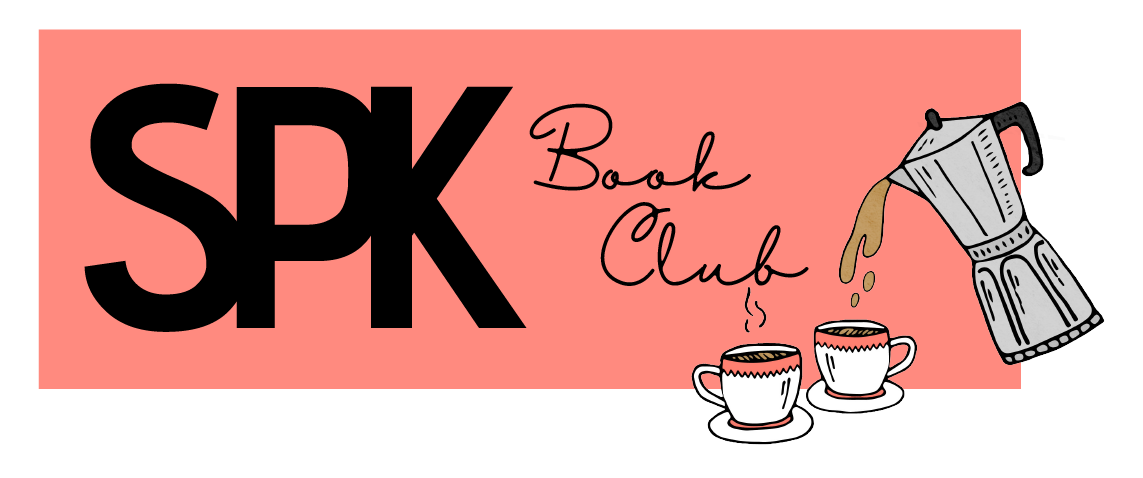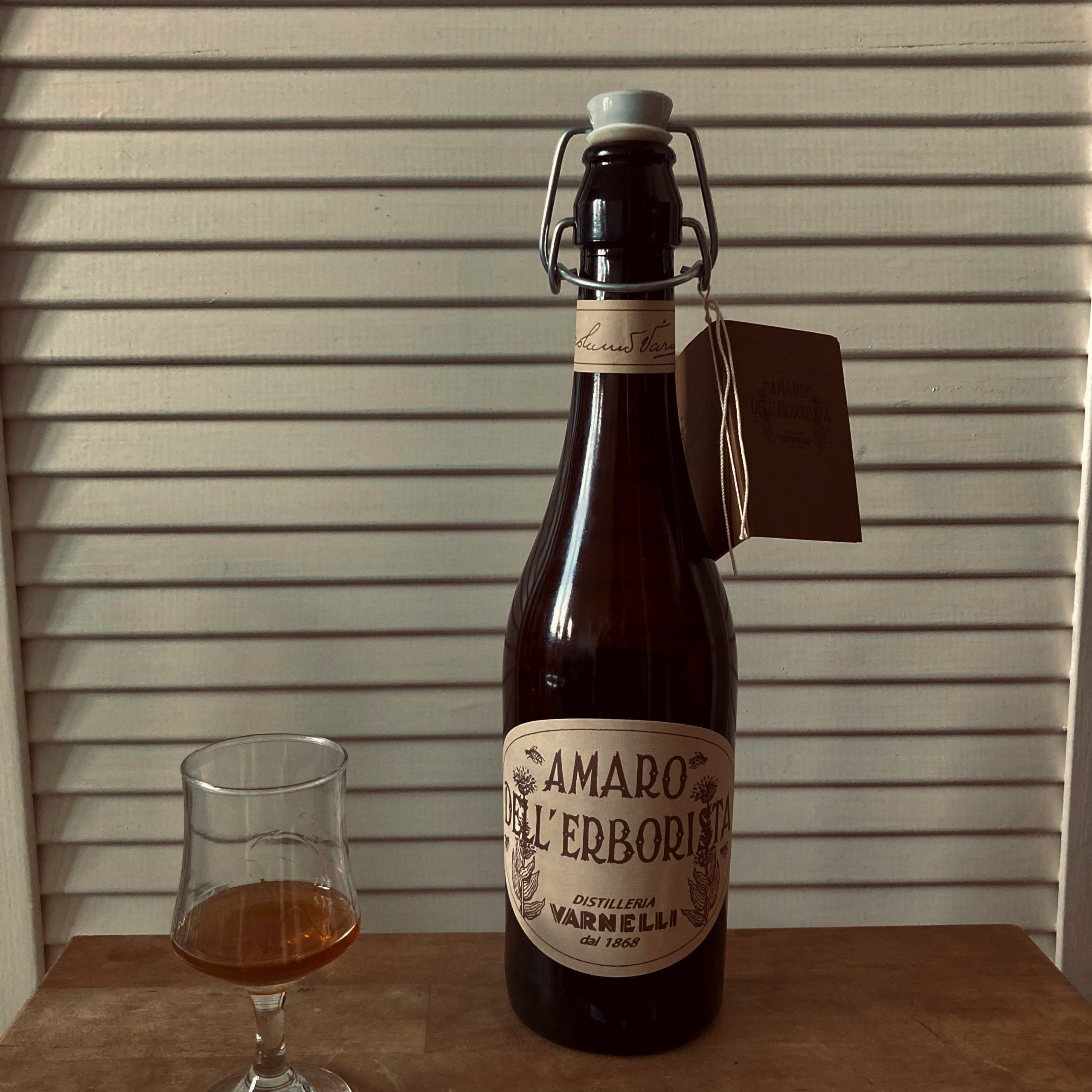I’m scared of black holes. While I’ve learnt to rationalise my fear of these masses of gravity over the years, it kept me awake when I was a child as I couldn’t shake this feeling I had, as if I was falling off my bed, the cosmos before me and my lack of stories to hold onto so I could get a sense of what they could be made of. Every night I went to bed, closed my eyes, and I started repeating the same story to myself, as many times as I needed to before I’d forget about the density of the universe and the asteroid belt, and fall asleep. I’ll spare you from sharing this story (it involves a dancing horse), but where I’m getting at is my love for storytelling at bedtime and where it comes from, because I was a late reader.
My imaginary friend, the dancing horse, saw me through countless nights. Insomnia held hands with my teens relentlessly, a condition that still rhythms my adult’s days. People who have suffered from episodes of insomnia may recognise the spell of the first cracking light and the elevating feeling of a sleepless brain, followed by the paralysing fog that makes its way through fidgety fingers and ankles. When lockdown hit, my insomnia knocked on my bedroom door without one element of surprise; and then the rumoured ‘freedom day’ arrived and like any of the households that had been advised to shield in the past, Ludo and I were left to the remit of our own decision-making. We were on the edge of a black hole: we wanted to taste life outside of our home with our friends, but we had no knowledge of the potential consequences. Amari came to our rescue.
In reality and chronologically, Ludo introduced me to pairing whisky and dark chocolate first. We started sharing the occasional glass of whiskey after dinner during lockdown, him taking me on a trip from Scotland to Japan, me making grimaces as I fought the burning feeling in my throat. I ate most of the chocolate and Ludo developed stomach burns. We had to take a break, and the country was reopening after all.
Our journey with spirits and liqueurs continued with a visit to an Italian restaurant that would become our local. We first went for dinner at Il Piccolo Diavolo on Stroud Green at the end of a hot day in June 2021. We had been viewing flats most of the afternoon and we were feeling defeated about what we could afford to rent in London. Here we were, walking down the lively North London street, me holding my bike on one side. The restaurant had a free table outside and we needed a bowl of pasta to pick us up: all good things, except there was nowhere to park my bike safely. The waiter told me I could lock it onto his bike if I wanted to, and our friendship with the restaurant started. Our meal lengthened with the stretch of a summer day and we stayed for amaro. This is when I discovered the Piemonte digestive called Frangelico which, the legend tells us, owes its name to a hermit monk and has become a nutty favourite of mine. We kept this new ritual going, sometimes visiting for amaro and coffee only after having had dinner elsewhere or at home, all the way through autumn when they turned the outdoor heaters on.
What I love the most about having a glass of amaro are the stories that pour in with each one of them, either about the production of the bitter or a memory from the person you decide to share this moment with. Since I’ve discovered there are more digestives than the starstruck Limoncello and that I prefer an amaro the most, I’ve been finding new stories at bedtime. The glass of Montenegro I had outside a pub when a friend told me she was leaving London; the raki we shared at our local Turkish restaurant as September hit, the fear of what winter could mean for the hospitality industry. A chef in Bologna introduced me to an amaro that is made with purple artichokes from the southern hills, together with the story of their producers. Light and earthy, I’m on a quest to find it again in London. There have been rounds of sweet glasses of nocciola liqueur for Irene’s birthday. Ludo’s Vecchia Romagna, the brandy that comes with different label colours that match its ageing, the bottle shifting with my boyfriend’s mood. There is the liqueur café I brought back to London from Vendée when I visited my mother in November. I dislike its taste but it reassures me that I have some stored in my kitchen, the dense liquid ready to accompany a nostalgic night. We also have a bottle of grappa in the cupboard for when Annalisa comes around.
My first amaro of 2022 was a glass of Cynar, the thickness and sweetness comparable with a medicine to cure sore throats. I had it on the piazza Santo Spirito in Florence the night after Ludo had bumped into a childhood friend randomly; they had eight years to catch-up on. We packed our bags for London the next day, a bottle of Amaro dell’Erborista tucked in with my socks.
The Amaro dell’Erborista is a product of the Marche-based and family owned distillery Varnelli. The recipe was found in the notes of founder and herbalist Girolamo Varnelli, and was commercialised postmortem. Amaro dell’Erborista brings together a bouquet of great yellow gentian and gentianella; a touch of quinine, extracted from the bark of the cinchona tree which was first introduced to consumption as a medicine to fight malaria. The list of ingredients continues with bark of orange tree for a citrus touch; rhubarb to keep things sour; a sweet, woody stream of cinnamon to counterbalance the act; and cloves to seal the deal. This amaro is made with natural ingredients only, herbal and fresh; unfiltered, the liquid appears foggy when served. That is, Amaro dell’Erborista before bed so I can catch a sight of a meadow in the midst of winter in London.
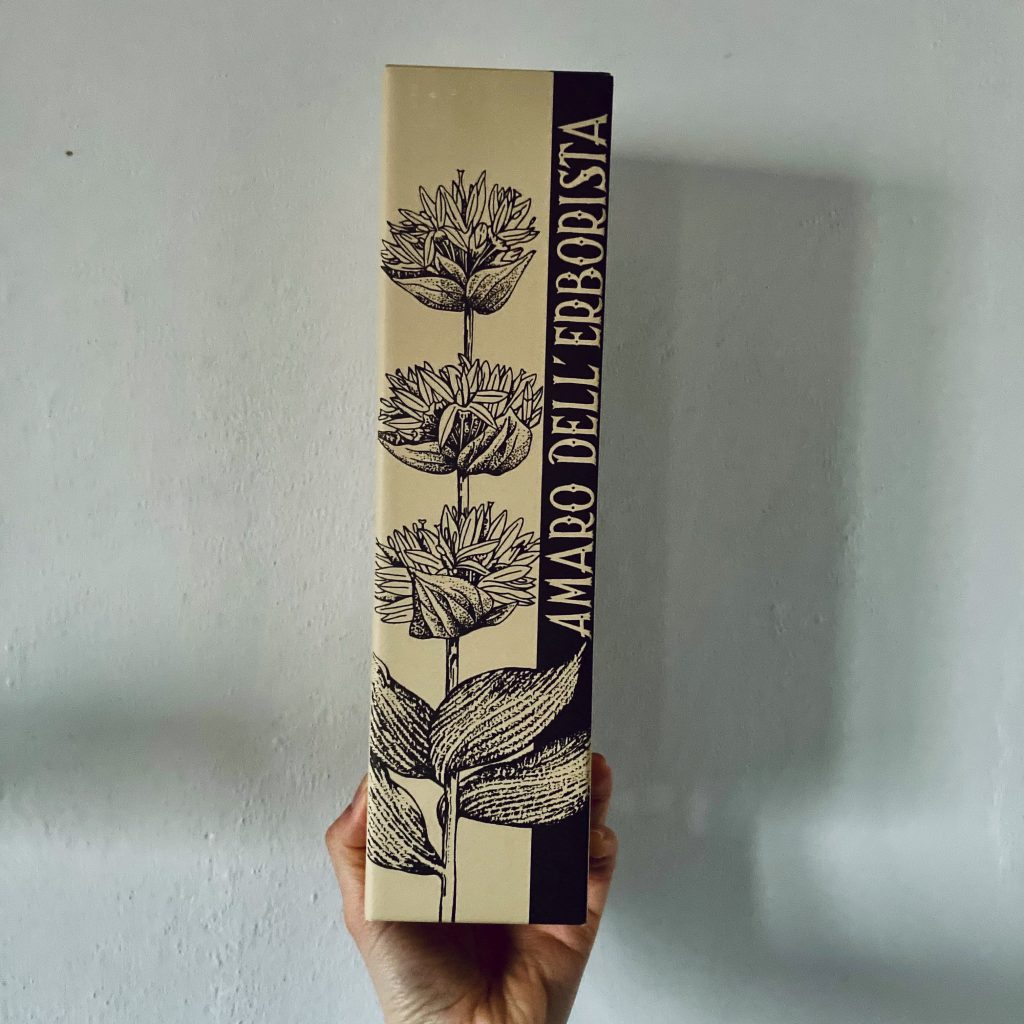
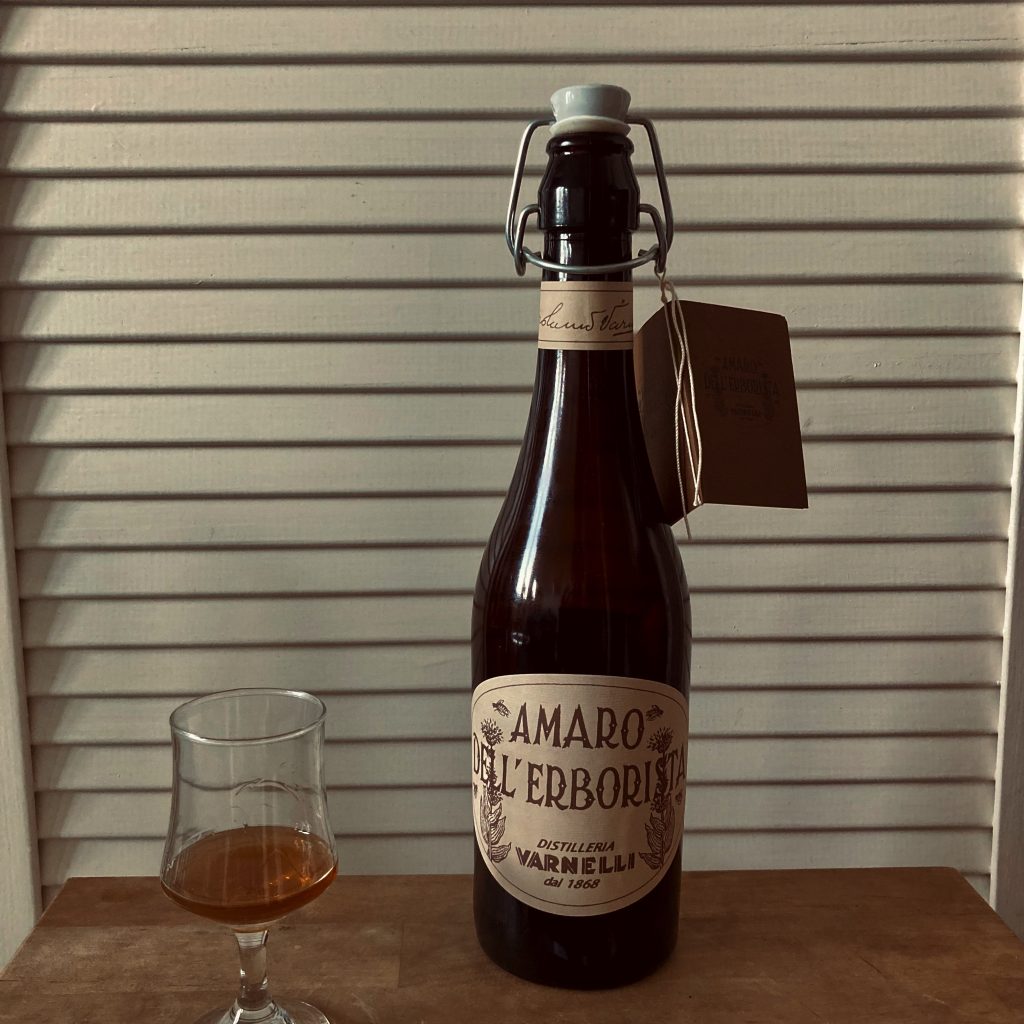
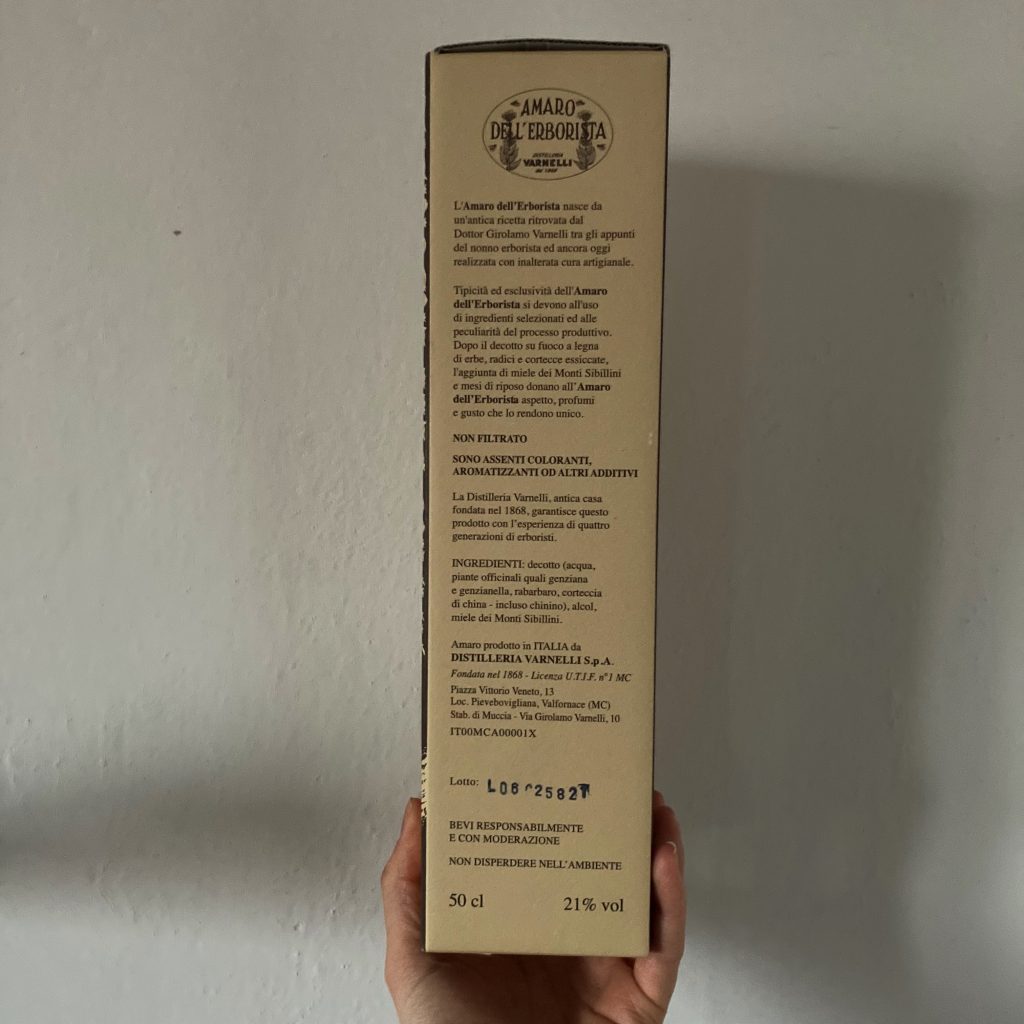
To write about alcohol as a woman makes me anxious. Since I started growing an interest in the worlds of food and drinks, I’ve assimilated the topic of drinks with men. I remember hearing adults talking around the table when I was growing-up in France, jokingly saying that women shouldn’t touch bottles — ‘for a woman to serve herself a drink is bad table manners’. The tone was intended to be humorous because we’re a family made of women, my brother being the exception that proves the rule, but I assimilated the shame nonetheless. My mother doesn’t drink alcohol, nobody drinks much in the wider family either, but I’ve always enjoyed a glass of something and to know about its provenance. When I plan a menu for a dinner party, I love to search for a new wine to pair the food I’ll be serving with. My phone gallery is full with photos of bottle labels because I adore reading about the origin of grapes and how the grounds that nurture vines affect the flavour of wine. I knew nothing about the woods that make casks and any of the systems that turn herbs and nuts into liqueur until I started investigating, talking with staff in the hospitality industry, and sharing glasses of amari.
Drinks, alcoholic or not, are often marketed with a subtext of guilt. They are ‘unhealthy’, they should be reserved for a ‘good occasion’, ‘once in a while’, and work-out harder the next day. So do many ingredients and meals in our society, and so this rhetoric escalates when January strikes and invades social media and overall communications in Western society with the so-called detox. I started this new year with reading Alice Slater’s empowering article about the diet industry and her advocacy for cooking in January: #Cookjan in 2021. Albeit being one year late to the party, this is the best feast I’ve ever joined and so I began my journey in reclaiming pleasure in what I cook and eat (you can find my full thread on Twitter). As a matter of interest, I’m someone who researches and thinks about food a lot and thus I’ve earned tools to navigate my diet with confidence and pleasure. But I still know little about wine and spirits because I’m afraid to ask questions, at least I had been until I found the shelf of amari and the comfort of using the frame I always return to when I’m scared of something: storytelling.
The next chapter begins now as this year I want to reclaim the cellar as a woman. I want to learn more about wine, liqueurs and spirits because I dare say they interest me and because I believe knowledge enables decision-making. I’ll start my journey with ending tonight’s bedtime story with some leads – and I very much welcome recommendations. There is Rachel Hendry’s joyful and smart newsletter J’adore le plonk. Jas Swan of Katla Wines makes biodynamic wines while bringing the subject of sustainability at the forefront. Anna Sulan Masing and Chloë-Rose Crabtree of the wonderful Sourced newsletter will focus on alcohol for their next season. You can subscribe to their substack here. With Anna, we also talked about the world of spirits in our podcast episode for the Salmon Pink Kitchen. Pellicle is a wonderful resource for all things boozy and independent overall so here is a pick to start with: an interview with Flore Godart and Louise Los, of Vins et Volailles. If you’re planning a meal, you can always turn to Victoria Moore’s Wine Dictionary and more recent Fried Eggs and Rioja. Cheers to you, whatever the drink of your choice may be.
Margaux, February 2022
